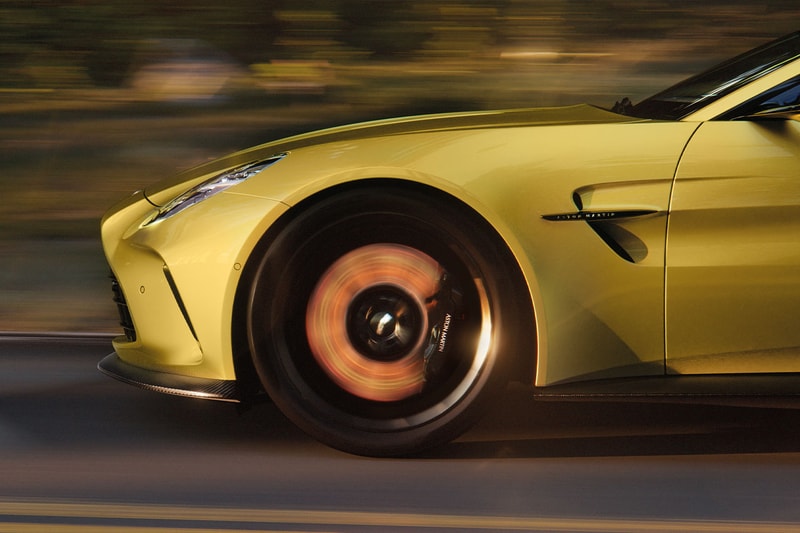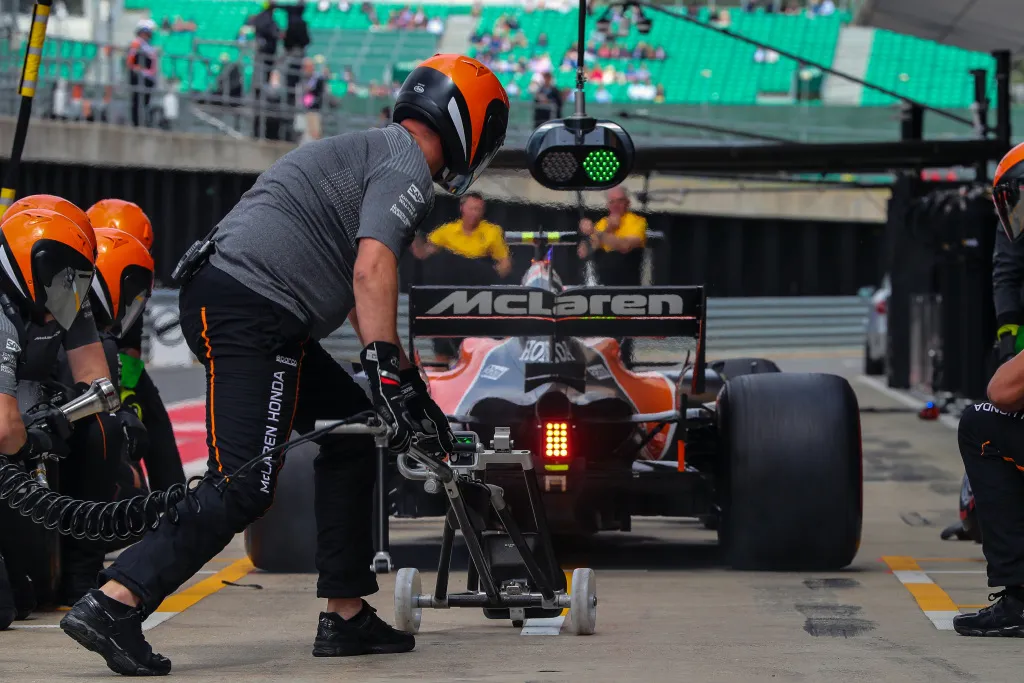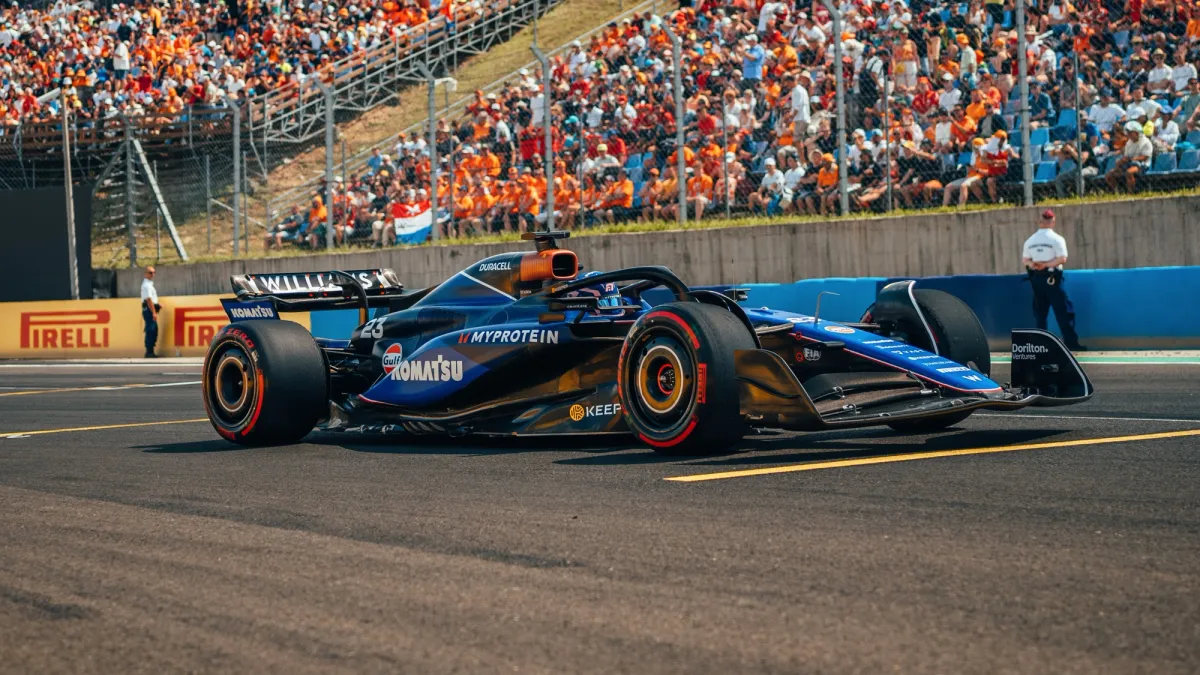At the media introduction in southern Spain, the new Aston Martin Vantage was marketed as "engineered for real drivers." As cliché as that may seem, it may be uttered with a straight face. This is a change from previous Aston sports vehicles, where such claims may have been considered overkill. Yes, they could lap a racetrack perfectly well. Yes, those would be enjoyable. But not this much fun, and especially not this energetic and skilled.
Aston claims the understeer gradient is 12 percent lower than previously, but that may as well be a foreign language to most. In King's English, it indicates that the chassis is more neutral. The Vantage has 21-inch Michelin Pilot Sport S5 tires, identical to those found on the newly introduced DB12. This allows for steering using the wheel, brakes, or throttle, if desired.
Read also:
- 2025 Maserati Grecale Folgore Makes for a More Mainstream EV
- Best SUVs Mazda CX-50 - Expert Reviews Raking
- 2024 Maserati GranCabrio Is a Gorgeous Droptop with 542 HP and AWD
- Compact Marvels: A Close Look at the Best Compact Cars for Urban Living
In street driving, there's no need to use the Vantage's nine-position traction control adjustment. It works similarly to other multiposition traction systems, giving the driver a gradual amount of slip-angle leeway, among other things. Traction is enough, and any assistance on the road is so smooth that we never felt the need to disable ESC completely.

A conversation with Simon Newton, Aston's director of vehicle performance, reveals that the business is seeking a mentality rather than a lap time. The bonded-aluminum chassis is mostly carryover, although the stiffness adjustments are felt and even seen: A transverse tube spans the trunk region and connects the rear corners. It's one of many minor adjustments to increase feel and feedback.
There are no air springs, active anti-roll bars, rear-wheel steering, or other tricks that might conceal flaws and additional weight. Even the brake booster is a vacuum device, contributing to one of the most accurate pedals in recent memory. No phony by-wire bullshit here. Yes, there are some electronic assists, but the Vantage's configuration is one that we hope other manufacturers adopt.

It definitely helps that Aston's 656-hp V-8, based on a Mercedes engine, generates some substantial power. This is a tremendous 153-pony gain over the previous Vantage. It does this through the use of redesigned heads and camshafts, as well as bigger turbos. Despite the snails' larger impellers and turbine wheels, latency is virtually nonexistent. It appears that power increases more naturally than the torque plateau of 590 lb-ft between 2750 and 6000 rpm implies. Aston Martin boasts that the engine will accelerate the new Vantage to 60 mph in 3.4 seconds, although this is certainly cautious. The quickest of two earlier Vantages we tested took 3.4 seconds, produced 503 horsepower, and weighed little less than 3750 pounds. When we obtain a Vantage to test, we won't be surprised if this performance metric begins with a two instead.

It is not easy to carve out a profitable niche in the premium-luxury-sports-car segment. The market is flooded with choices for the Vantage's $194,400 base price. Aston competes with Porsche and Mercedes in the performance segment, as well as Bentley and Maserati in the luxury category. The Vantage's interior is filled with high-quality materials and components. There is some lightly veiled Mercedes switchgear, but the 10.3-inch touchscreen and instrument cluster reveal no traces of common software. Thank you, the digital tachometer spins clockwise, while Aston's inboard seat controls remain unchanged. Unlike previous Astons, the seat's fore-and-aft and inclination controls are low-profile enough that our right knee no longer triggers them mid-corner.
Read also: 2024 Genesis G90 First Drive: Still Taking the Fight to Mercedes










.webp)